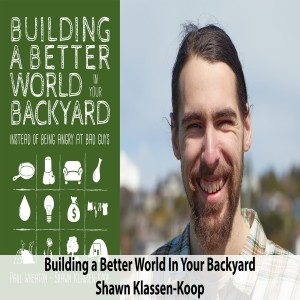Visit Our Sponsor: Foraged.Market
Donate Directly: via PayPal -or- Venmo @permaculturepodcast
Want to listen to more conversations about Permaculture?
Browse the extensive archives of the show.

Friday Sep 25, 2020
Visit Our Sponsor: Foraged.Market
Donate Directly: via PayPal -or- Venmo @permaculturepodcast
Want to listen to more conversations about Permaculture?
Browse the extensive archives of the show.
Permaculture practices begin in the landscape, with the training of a permaculture design course focusing on how to design in a way that restores soil, grows food and creates spaces for human needs, and cares for Earth, in ever-expanding zones. During our time in that class, we may spend some of the conversations on alternative economics and governance if the course uses Bill Mollison’s Designers’ Manual for the curriculum and discusses the material found in Chapter 14. Outside the PDC, many authors and practitioners have added to how to have an impact in our day to day lives as we apply design and systems thinking to where we live, work, and play.
As more and more of us, myself included, live in cities with little or no access to land or control over our living space—while others dream of returning to the countryside—we each have so many ways to practice permaculture.
No comments yet. Be the first to say something!